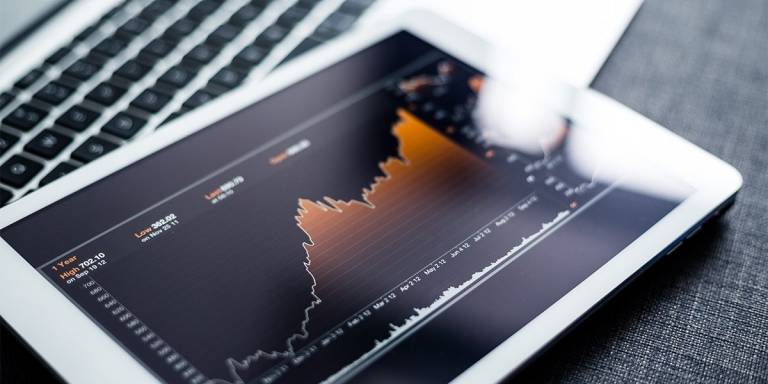By now, all economists agree on the economic turbulence that is heading our way, already today but even more once the covid19 pandemic is over. Credit insurer Euler Hermes expects at least 23,000 bankruptcies in Belgium until the end of next year. That is almost an increase of 10% compared to the pre-crisis situation. As comparison, in the whole of 2019, just under 12,000 companies went bankrupt, the second highest number ever. This wave of bankruptcies will threaten 76,000 jobs in Belgium and push the unemployment rate to 8.5% in 2021. Earlier data of the Planning Bureau assumed a total job loss of 82,000, showing an alignment between the two studies.
The Bank for International Settlements (BIS) is also sounding the alarm. It is her job to monitor the evolution of the financial markets. The fact that the financial institutions have granted large-scale loans, with the approval of central banks, is a good thing, according to the BIS. But the Bank also points to the risks that when the impact of all defaulted bad loans is transferred to banks, the situation will deteriorate even further. This will have an impact on banks’ balance sheets.
The situation with our most important trading partners is not less severe: in France, economists expect 108,000 bankruptcies, in the UK 53,000 and in Germany 40,000.
In addition, tensions in the US with countries such as China and Russia can also play a negative role on the recovery of the international trade.
All these elements are a recipe for a liquidity crisis that might become worse than the one we experienced during the 2008 financial crisis.
What does this mean for the financial sector?
Every company should start to worry about their unpaid invoices so far. For insurers this is related to unpaid insurance policies so far. Especially many corporate insurances have a rolling character and the due notices are sent out on a yearly basis. These invoices are at risk of not being paid. The recovery of these invoices will become an important element to supervise in 2021.
A second impact for insurers are policies where the premium is calculated upon parameters like turnover, number of employees, … The GWP for these policies will be lower in 2021 as the two lockdowns have significantly decreased the turnover and also lowered employment for many enterprises.
A third impact for insurers, quite obvious, is that credit risk insurances will see more claims, given the higher default rate of suppliers. Companies will rely upon their credit insurance to cover up for non-payment of their granted credit lines. In Belgium, the same goes for the bankruptcy insurance, where an income replacement for the self-employed and entrepreneurs after bankruptcy is guaranteed.
For banks, obviously this wave of bankruptcies will hit their corporate loans and mortgages first. They will face more write-offs as well as increased late interest payments. For corporate mortgages, banks are backed up in form of a guarantee on certain assets, but with more corporate real estate flooding the market, prices will be under pressure. At this moment, there is a clear trend at banks to consolidate loans with more risk under “Covid Loans” and separate them from the regular, healthy credit loans.
The economic double-dip scenario will also have an impact on capital markets. Euler Hermes sees a potential steepening of the yield curves for government bonds, but is more afraid of the current overvaluation of US equities. A correction of the US stock markets will take down European equities as well, given the correlation between these asset classes. Last but not least, the creditworthiness of high yield corporate bonds will take a beating, resulting in a credit spread that is likely to widen.
One thing is clear, 2021 promises to be a financially challenging year for banks and insurers. The government and central banks will need to take swift actions to protect the economy from taking another severe hit.
